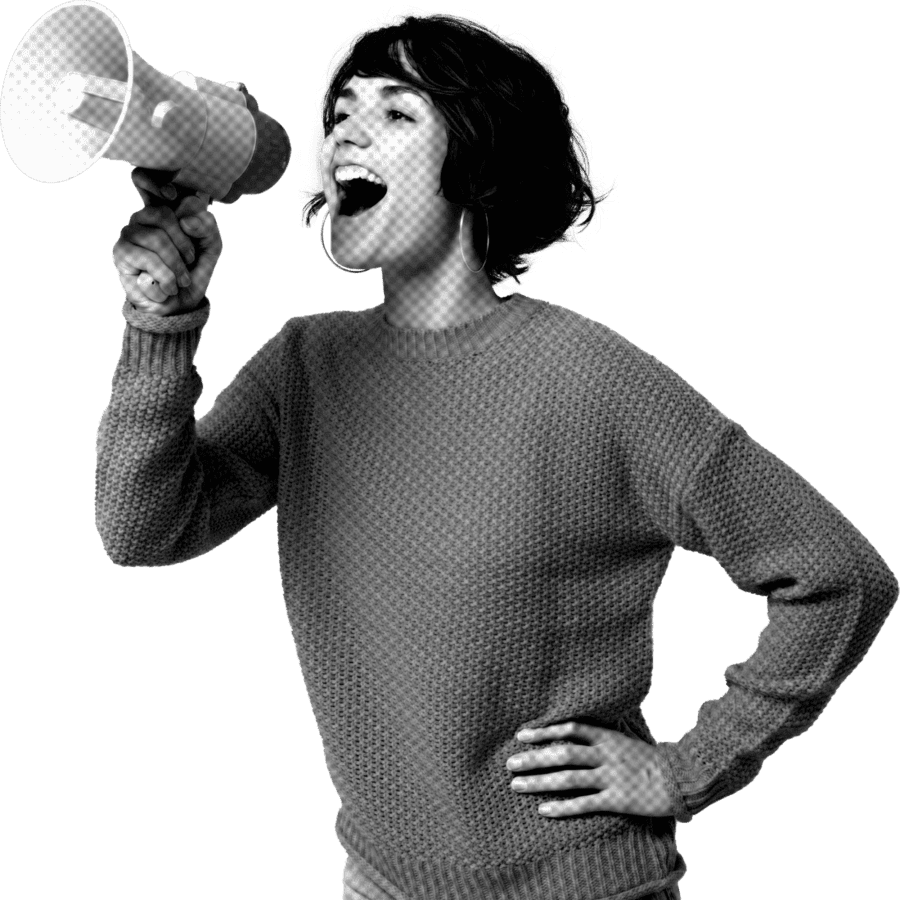In today’s digital era, accessibility is essential for creating inclusive online experiences. As professionals, leveraging platforms like LinkedIn requires us to prioritise accessibility to reach a wider audience and foster an inclusive community. In this comprehensive guide, we’ll explore the accessibility features available on LinkedIn and provide seven actionable tips for making your posts and profile more accessible.
What does accessibility mean?
When something, whether that is a place or a social media platform, is accessible, it means that it can be accessed by everyone. By making your content more accessible, more people will be able to see it and enjoy it. This will help with the amount of people that engage with your page, as well as with how people perceive you in the diversity space.
Does LinkedIn Have Accessibility Features?
LinkedIn, as a leading professional networking platform, recognises the importance of accessibility and has implemented various features to support users with disabilities. From screen reader compatibility to keyboard navigation options, LinkedIn strives to ensure that its platform is accessible to all users.
There are also some other features that users can implement when posting on the platform to make sure their content can be reached and enjoyed by everyone, like adding alt text or video descriptions.
Understanding Accessibility on LinkedIn
As with any other social platform, it’s essential for users to understand the importance of LinkedIn accessibility and what you can easily do to make your content more accessible.
Especially on LinkedIn, where the focus is on professional networking and brand marketing, do you really want to ignore some essential features that could make your content or brand reach a wider audience? It’s a no brainer.
The Benefits of Accessible LinkedIn Posts and Profiles
Creating accessible posts and profiles on LinkedIn offers numerous benefits. Accessible content enhances user experience, increases engagement, and expands your reach to a broader audience. Moreover, prioritising accessibility demonstrates your commitment to inclusivity and strengthens your professional brand!
Tip 1: Use Descriptive Alt Text for Images
When sharing images on LinkedIn, include descriptive alt text to provide context for visually impaired users or other disabled people who rely on screen readers. Descriptive alt text should succinctly describe the content and purpose of the image, ensuring that all users can understand its significance.
However, not everyone has a screen reader they can use to read your alt text. To make sure you’re not leaving anyone out, we recommend also adding an image or video description, either in the copy or as a pinned comment. This adds another accessibility layer and makes sure no one is missing out on what you’re saying.

Tip 2: Structure Your Posts for Readability
Organise your LinkedIn posts with clear headings, bullet points, and concise paragraphs to improve readability for all users. Use headings (H2, H3, etc.) to break up the content and make it easier to navigate.
Emojis can be a good way to make your posts more visual, but be careful and don’t overuse them! If someone is using a screen reader and has to read out loud “heart emoji, heart emoji, heart emoji, heart emoji”, you will understand that that might not be ideal for them.

Tip 3: Choose Accessible Colour Contrasts and Fonts
When sharing images, videos or documents on LinkedIn, select colour contrasts and fonts that are easy to read and distinguish. Avoid using combinations that may cause eye strain or make text difficult to perceive.
If you want to learn more about the best fonts to use, check out our Podcast episode below where Purple Goat’s Accessible Designer Luke discusses the differences font can make:
Tip 4: Include Captions and Transcripts for Videos
Adding captions or transcripts to your videos ensures accessibility for users who are deaf or hard of hearing. However, this is a key accessibility feature that will help the broader population, as 75% of users watch videos on mute. Therefore, captions will allow everyone to follow along with the content, regardless of their auditory abilities or the environment they’re in.
Captions are easy to add to LinkedIn videos – just follow their help article which outlines exactly how to add them.
Tip 5: Utilise Hashtags Wisely
While hashtags can increase visibility and engagement on LinkedIn, use them sparingly and ensure they are relevant to your content. Too many hashtags can clutter the post and make it difficult for screen reader users to navigate.
If you decide to use hashtags, make sure to use Camel Case hashtags which means using a capital letter at the start of each new word. This makes your hashtags a lot easier to read for users! So remember to #DoItLikeThis.
Tip 6: Avoid Using Jargon and Complicated Language
Keep your language clear, concise, and free of unnecessary jargon to improve comprehension for all users, including those with cognitive disabilities or language barriers. Aim for simplicity and clarity in your communication. This applies to both your posts, but also your LinkedIn profile descriptions.
To take this a step further, consider employing tools like readability checkers such as Readable which can help ensure your content is easily understandable. Aim for a reading level that suits a broad audience.
Tip 7: Regularly Test Your LinkedIn Accessibility
Periodically review and test your LinkedIn posts and profile for accessibility using assistive technologies or accessibility checkers. By addressing accessibility issues, you can ensure that your content remains inclusive and accessible to all users.
To assist with this, consider using tools like:
- WAVE (Web Accessibility Evaluation Tool)
- AXE Accessibility Checker
- LinkedIn’s own accessibility features
You can also reach out to the disabled community and get their thoughts on how you can improve your content. It’s always better to get the community involved than to assume what they might need!
Why is LinkedIn Accessibility Important?
LinkedIn accessibility is crucial for ensuring that all professionals can fully participate in networking, career advancement, and knowledge sharing.
By prioritising accessibility, LinkedIn fosters a more inclusive environment where everyone can thrive and succeed. By prioritising accessibility, you will be making sure that your brand posts reach a wider audience and your customers and peers will know that you are working towards a more accessible online world.
Conclusion
In conclusion, prioritising accessibility on LinkedIn is essential for creating inclusive experiences and fostering a more welcoming online community. By implementing the tips mentioned above, we can ensure that everyone can fully engage with your content on LinkedIn.
Start prioritising accessibility on LinkedIn by implementing these tips and advocating for inclusive practices in your professional network. Together, we can create a more accessible and inclusive online environment for all users.
If you’re interested in understanding accessibility on other platforms, why not explore our blog? We have articles on Facebook Messenger, Facebook, Instagram, Threads, TikTok and more!
If you want to learn more and see how you could engage with the disabled audience better on LinkedIn and other platforms, contact us today!




